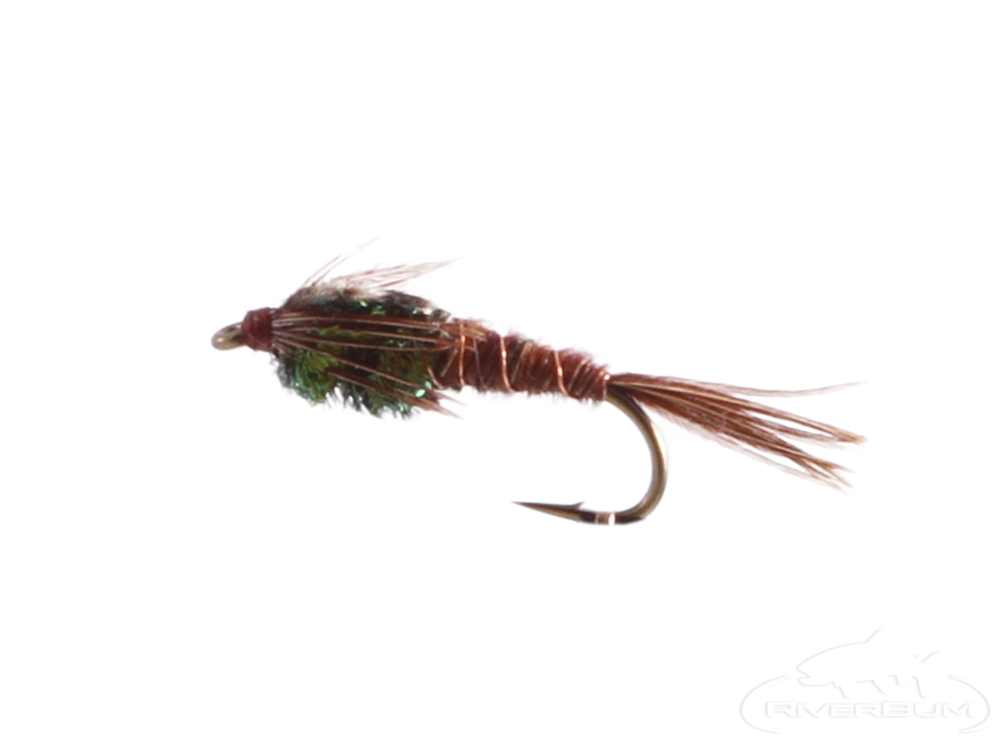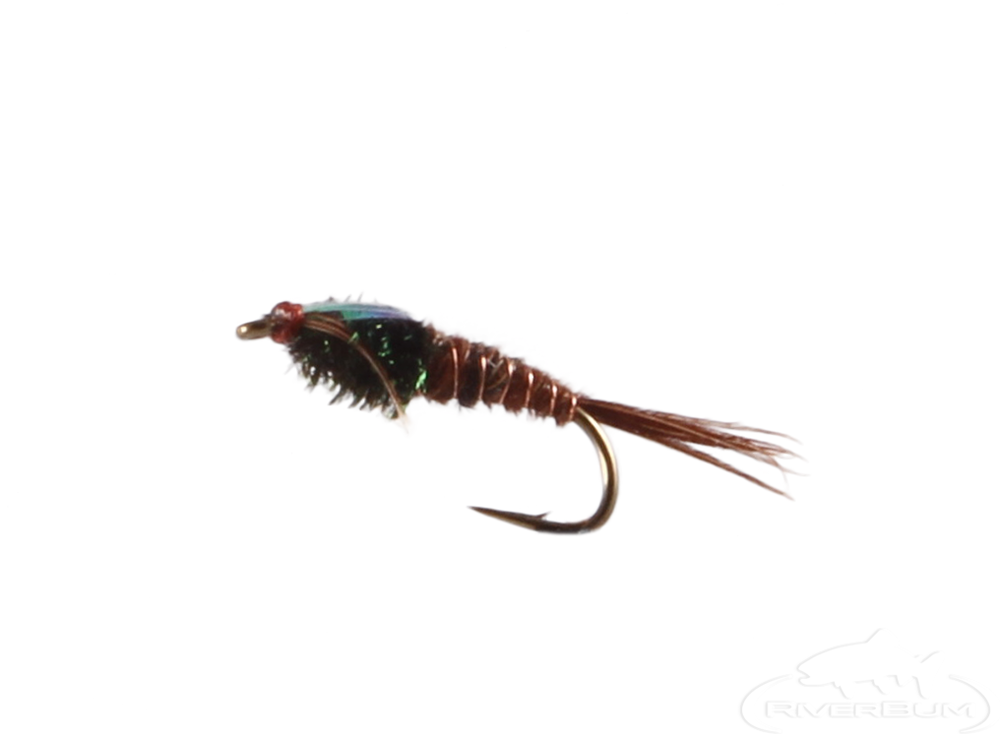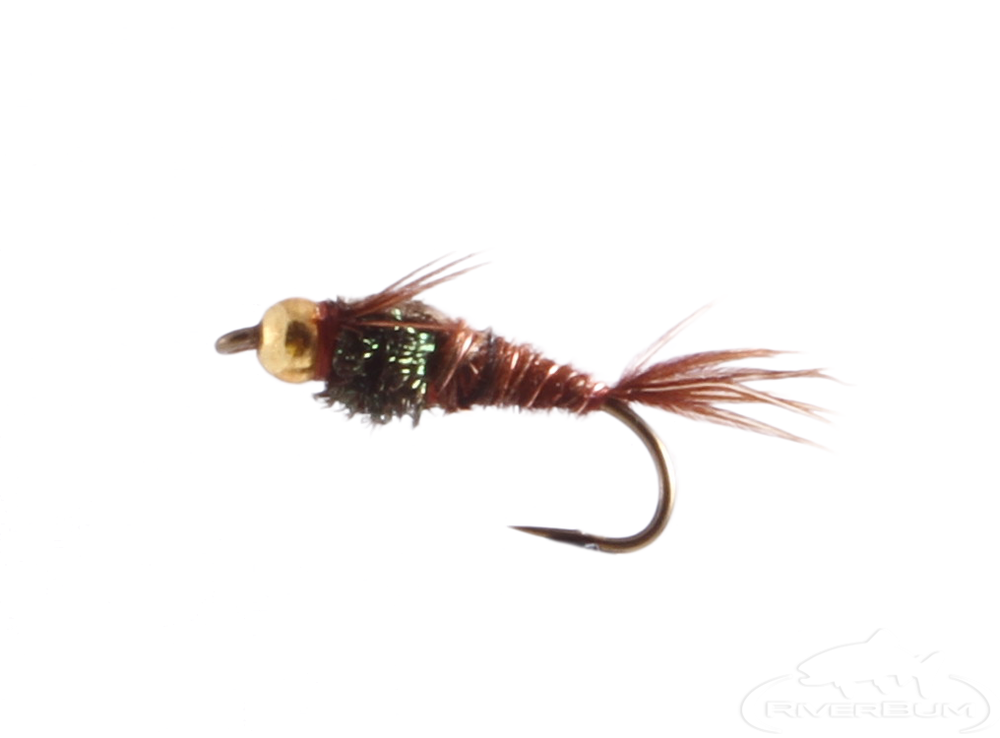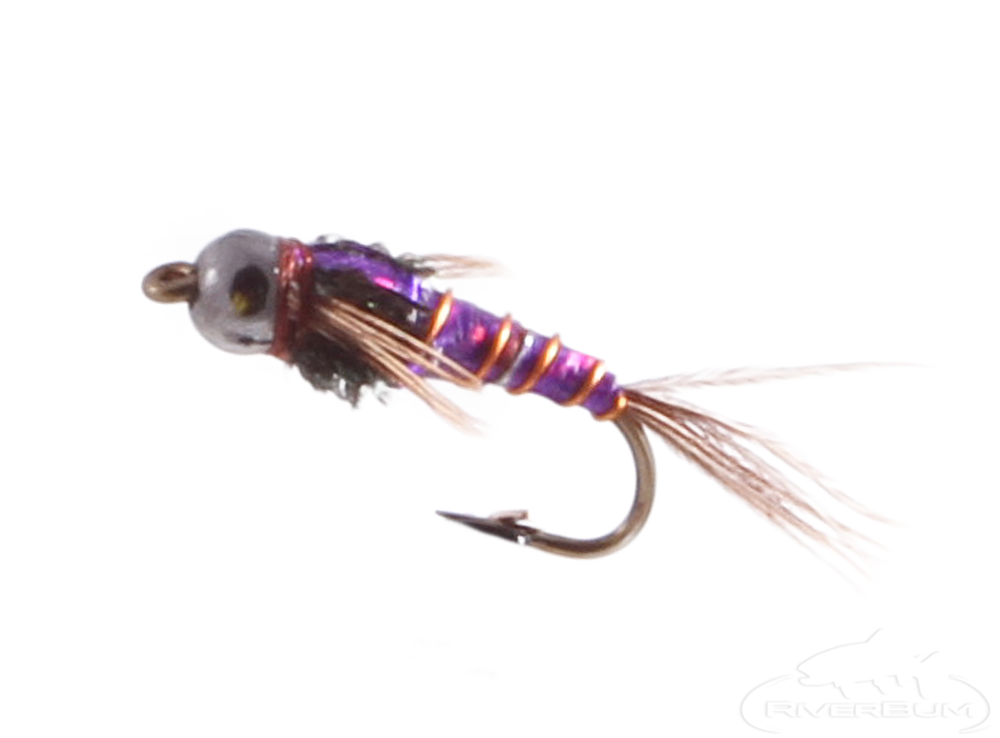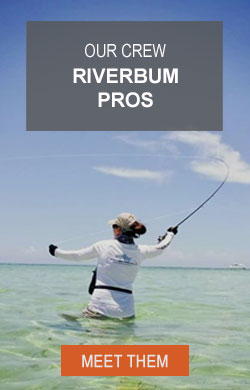The Nymph Trinity I: The Pheasant Tail Nymph
Anyone that does any cooking has probably heard of the “Holy Trinity” …onion, carrot, and celery. It’s a common foundation for many dishes. I think of Pheasant Tails as part of a sort of Nymphing Holy Trinity, Pheasant Tails, Princes and Hares Ear.
Frank Sawyer is credited with developing the Pheasant Tail Nymph. It crashed on the fly fishing scene with the publication of his book “Nymphs and Trout”. Why the name Pheasant Tail you may ask? Well frank used the rear end of a pheasant to develop the wing case. Hey, it’s better than a lot of the name you see these days for flies.
If you’ve ever observed a mayfly nymph in the water, you’ll quickly realize why this is the most productive mayfly nymph imitation on the market. It is a fantastic match for the natural. The nymph is designed to quickly sink on an upstream presentation. It works on free stone rivers, spring creeks, stillwater, silt bottom and everything in between. If there are mayflies in the watershed, this fly will work. Why?
Mayflies are in just about every water imaginable. They are in ponds and lakes. They are in the great western freestone rivers. They are in the famed Adirondacks. I can’t think of a fresh water situation they are not present in.
The mayfly nymph “darts” up in the water. Keep this in mind when fishing it. It’s an active nymph. For this reason, I use it as my dropper fly when fishing a double nymph rig. That’s it for now my fishy friends. Please be kind to our mother earth. Pack it in, Pack it OUT!
Tight Lines and Screaming Drags


